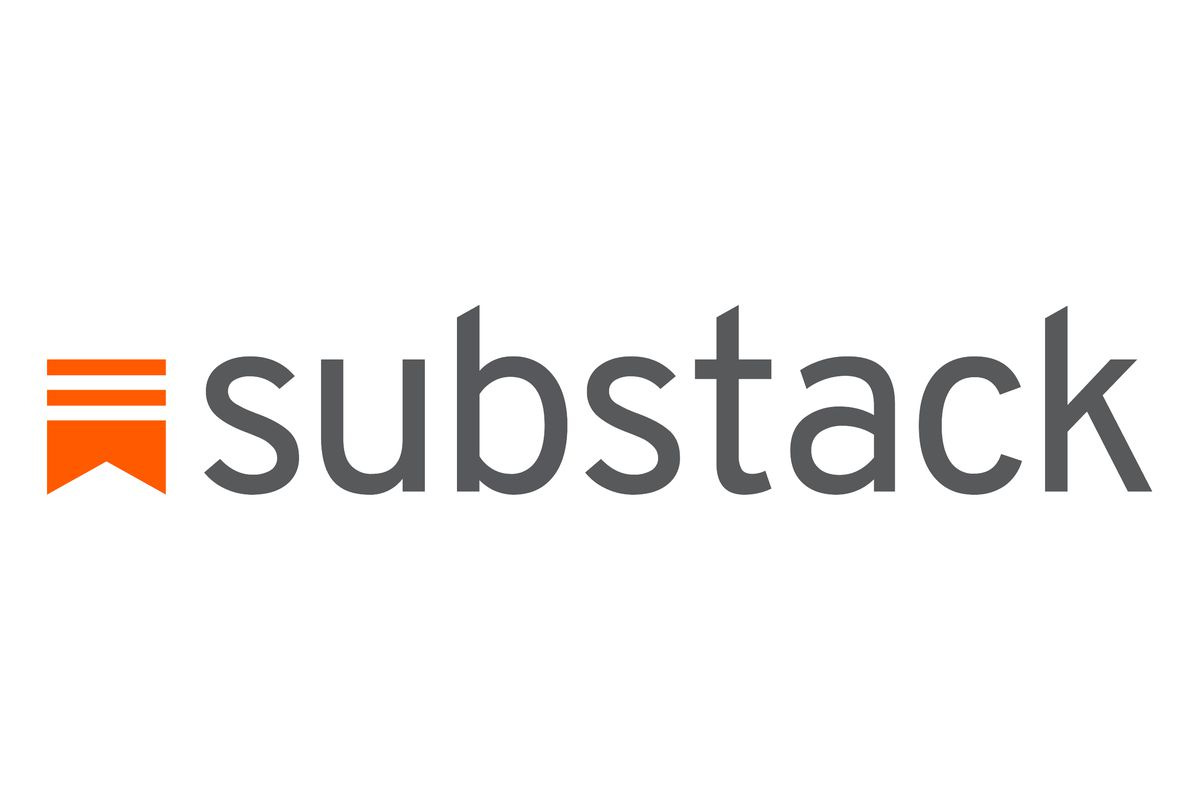Why People Aren't Reading Your Substack Articles: Three Common Pitfalls and How to Avoid Them
Publishing on Substack offers a fantastic opportunity for writers to connect directly with their audience and even monetize their content. However, many writers face the challenge of low reader engagement. If your articles aren't getting the traction you hoped for, it might be due to a few common pitfalls. Here’s a closer look at why people might not be reading your Substack articles and how you can turn things around.
1. The Power of Headlines: Capturing Attention from the Start
The Challenge: In the crowded digital landscape, headlines are your first and often only chance to grab a reader's attention. A lackluster or unclear headline can fail to entice readers to click through, no matter how great the content within.
The Solution: Craft compelling, clear, and concise headlines. Use powerful words, create a sense of urgency or curiosity, and ensure your headline accurately reflects the content of your article. It's also beneficial to consider SEO-friendly keywords that can help new readers find your content.
Tips:
Test different headline styles: question-based, numbered lists, how-to guides, and bold statements.
Use tools like headline analyzers to gauge the effectiveness of your titles.
2. Crafting Engaging Introductions: Hook Your Readers Early
The Challenge: Even with a great headline, an article can still lose readers in the first few sentences if the introduction doesn't hook them. An introduction that’s too vague, slow to get to the point, or overly complex can turn readers away.
The Solution: Start strong with a hook that captures interest. This could be an intriguing fact, a personal anecdote, a provocative question, or a bold statement. Make sure your introduction sets up what the article is about and why it's valuable to the reader.
Tips:
Keep your introductions concise and relevant.
Relate the opening to your readers' experiences or interests to create an immediate connection.
3. Formatting for Success: Enhancing Readability and Engagement
The Challenge: Dense blocks of text can be daunting and difficult to read, especially on digital platforms. Poor formatting can lead to reader fatigue, causing them to abandon your article before they’ve even given it a fair chance.
The Solution: Break up your content with short paragraphs, subheadings, bullet points, and visuals. This not only makes your article easier to read but also helps to guide the reader through your content logically.
Tips:
Use subheadings to structure your article and make it easy to skim.
Incorporate visuals like images, infographics, or charts to illustrate key points and add visual interest.
Use bold or italics to highlight important phrases or terms, but avoid overuse, which can clutter the text.
4. Strategies for Effective Content Presentation on Substack
Building a Connection: Engage with your readers by encouraging comments and feedback. Substack's platform allows for a more personal connection between writers and readers. Use this to your advantage by responding to comments and engaging with your audience.
Consistency is Key: Regular posting helps build a dedicated readership. Whether you choose to post weekly, bi-weekly, or monthly, stick to a consistent schedule. This reliability encourages readers to return, anticipating your new content.
Promote Your Work: Don't rely solely on Substack’s internal algorithms to drive traffic to your articles. Promote your work through social media, email newsletters, and cross-promotion with other writers. Building a wider network can significantly increase your readership.
Offering Value: Ultimately, the key to reader engagement is offering value. Whether it's insightful analysis, entertaining stories, or practical advice, make sure your content serves your audience's needs and interests. This value proposition is what keeps readers coming back and willing to support your work.
5. Conclusion: Mastering Substack for Greater Reader Engagement
Creating engaging content on Substack requires more than just good writing; it demands strategic thinking about how to present and promote your work. By focusing on crafting compelling headlines, engaging introductions, and reader-friendly formatting, you can significantly improve your article's performance.
Remember, building a loyal readership takes time and consistent effort. Engage with your audience, seek feedback, and continuously refine your approach. By addressing these common pitfalls, you can enhance your writing's appeal and maximize your success on Substack.


